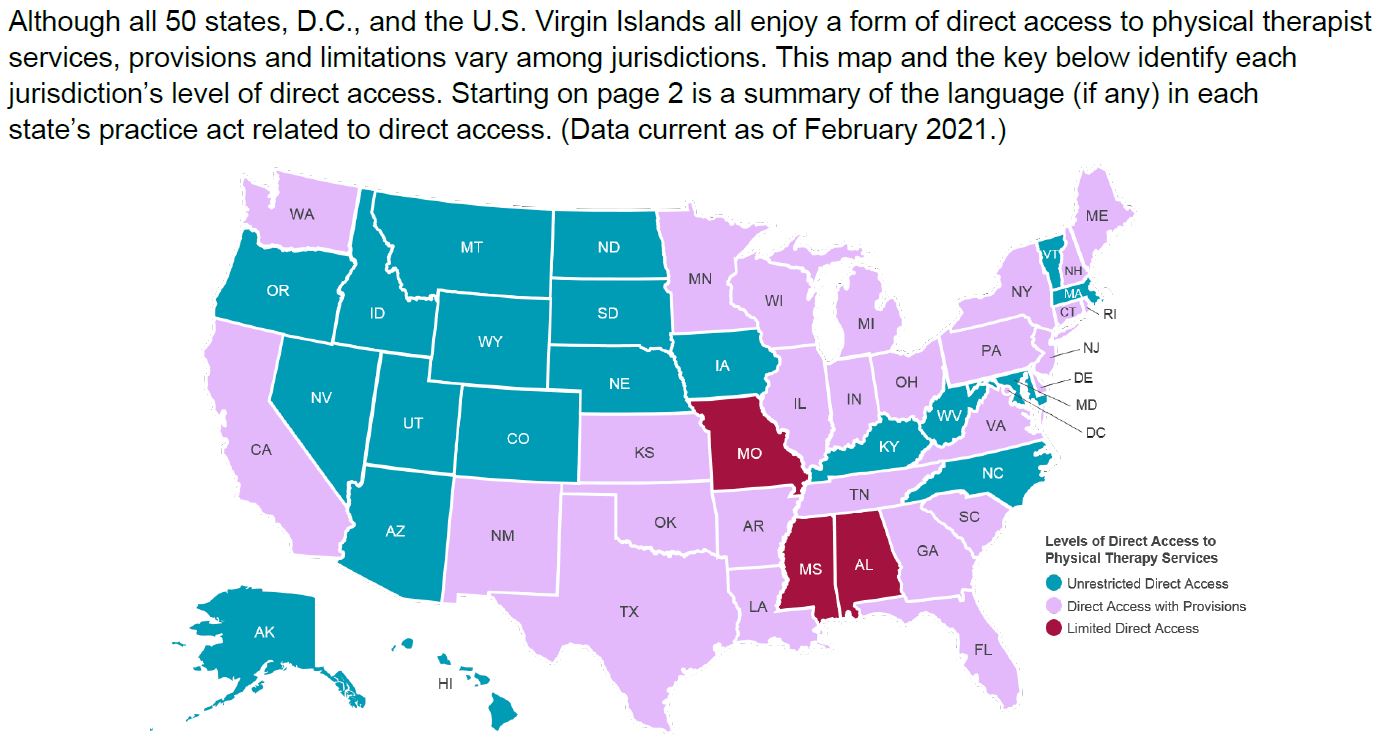by Matthew Maestas, PT, MPT
How Common Are Headaches?
Headaches can be a true debilitating problem. It is shown by the United States Center for Disease Control that headaches affect millions of people throughout the world every year. In fact, it is reported that up to 47% of the population will be affected by headaches in the next year.1 However, this does not tell the complete story as up to 2/3 of the adult population between 18 and 65 year of age will experience a headache this year with almost 10 % of them describing a migraine. In terms of numbers that means over 100 million adult Americans will experience a headache this year and 10 million of them a migraine. This can range from mild headaches to the more serious migraine headaches, which are shown to affect 1.4% to 7% of the population every 15 days. In fact headaches are so debilitating it is estimated that they account for 1.3% of years lost due to disability.1
What types of headaches are there?
Currently there are 3 different types of headaches that are classified by the World Health Organization and American Physical Therapy Association. They can be described as follows:
Tension-type1,2
- They are the most common
- They are known to develop during the teenage years
- Can last from hours to days
- Usually stress and/or musculoskeletal related, possibly related to posture
- Often described as tightness or pressure, can sometimes feel like a band wrapped around the head
Migraine1,2
- These types of headaches are known to be of moderate to severe intensity and usually affect individuals from 35 – 45 years old, however they are shown to start as early as puberty in some people
- They are typically one sided headaches, but can switch from side to side even occurring on both sides at the same time
- They can last from 2 hours to 2 days
- May be accompanied by nausea, light sensitivity
- Often life long if susceptible
Cluster1,2
- Relatively rare
- The only headache type affecting men more than women
- Usually affects individuals over 20 years old
- Can be associated with redness and pain around the eyes, drooping eyelids, and runny nose
Note:
There are also other types of headaches that may be related to tumors, sinus infections and prescription use that should be further discussed with your physician
What can physical therapy do to help?
Physical therapy, specifically manual therapy, has been shown to have positive benefits in the treatment of all three of the most common types of headaches listed above.3,4,5 There are many things a physical therapist can do to assess and treat a patient with head and neck pain. The first thing a physical therapist will do is to perform a thorough health history in order to better understand the nature and probable cause(s) of your symptoms. This may include the location, frequency, nature and intensity of your pain as well as determine if there is any other related pain in the neck or jaw. Secondly, https://livingwellnessmedicalcenter.com/ativan-lorazepam/ your physical therapist will perform a comprehensive examination including a postural evaluation and neurological screening as well as other special tests that may be appropriate including a manual examination evaluating the muscles and joints in the head and neck. There have been many studies that have shown the neck as a source of head pain.6,7 Depending on what your physical therapist determines to be the nature of your pain they will work with you to develop a comprehensive plan including manual therapy.
If you or someone you care about is suffering from headaches, contact your local physical therapist today.
Matthew Maestas, PT, MPT is a physical therapist located in the Silicon Valley. He’s practiced at BreakThrough Physical Therapy since 2013. He has developed an interest in chronic headaches as a result of seeing patients on a daily basis with the common complaint of chronic and recurring headaches. While away from work he enjoys camping, hiking and spending time with his family.
References:
1. “Headache disorders.” WHO. N.p., n.d. Web. 18 June 2014. .
2. “My Clinical Collections.” Headaches. N.p., n.d. Web. 18 June 2014. http://www.moveforwardpt.com/symptomsconditionsdetail.aspx?cid=fd8a18c8-1893-4dd3-9f00-b6e49cad5005#.U6E2u41dVvd.
3. Bronfort G, Assendelft WJ, Evans R, Haas M, Bouter L. Efficacy of spinal manipulation for chronic headache: a systematic review. J Manipulative Physiol Ther. 2001;24(7):457-66.
4. Jay GW, Brunson J, Branson SJ. The effectiveness of physical therapy in the treatment of chronic daily headaches. Headache. 1989;29(3):156-62.
5. Bronfort G, Nilsson N, Haas M, et al. Non-invasive physical treatments for chronic/recurrent headache. Cochrane Database Syst Rev. 2004;(3):CD001878.
6. Becker WJ. Cervicogenic headache: evidence that the neck is a pain generator. Headache. 2010;50(4):699-705.
7. Hall T, Briffa K, Hopper D, Robinson K. Reliability of manual examination and frequency of symptomatic cervical motion segment dysfunction in cervicogenic headache. Man Ther. 2010;15(6):542-6.



